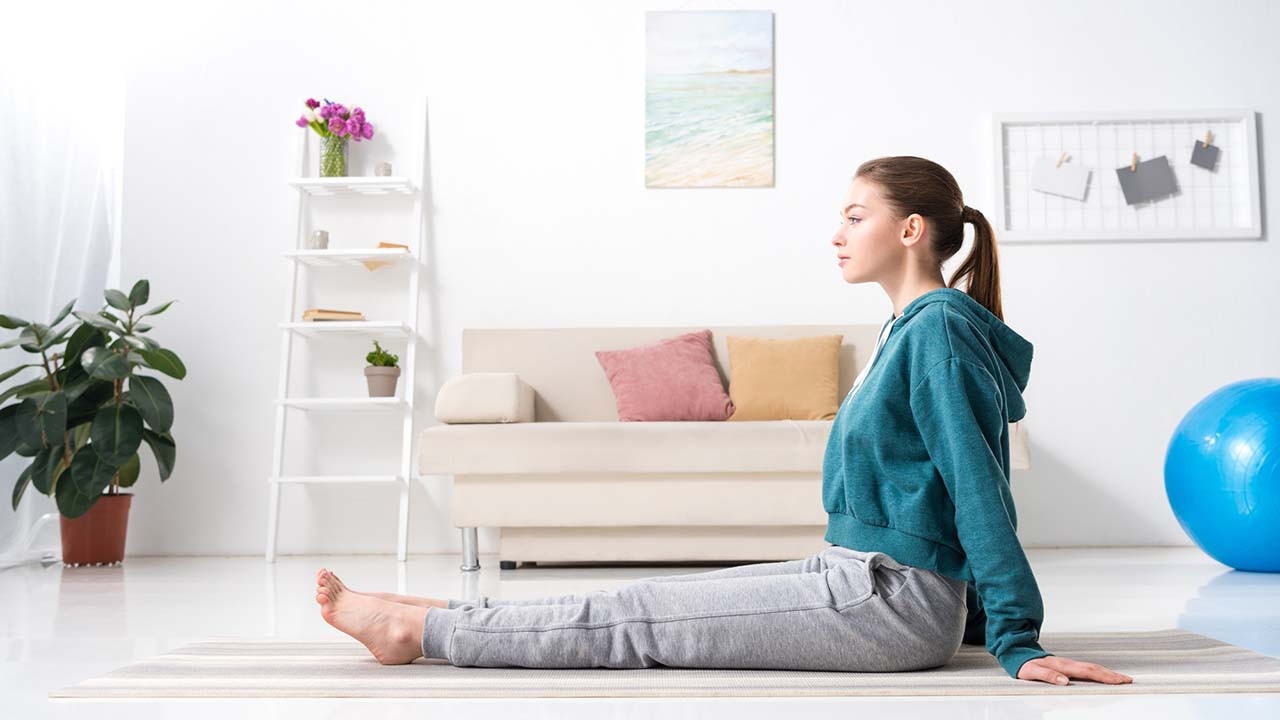Why Hamstring Stretches Are Important

Your hamstrings are a group of three muscles at the back of your thigh (the Semitendinosis, Semimembranosis and Biceps Femoris), connecting your pelvis to your knees. They help to bend your knee and extend your thigh back - learn why including hamstring stretches in your recovery routine is important.
Spend a lot of time sitting?
If you spend a lot of your day sitting down, your hamstrings are more likely to get tight as they will frequently be in a shortened position with the bend in your hips and your knees (rather than your legs being fully extended out). Tight hamstrings can contribute to various issues including postural problems, back pain and sciatica.
Reduce back pain
As the hamstrings attach to your pelvis, when they get tight they can pull on the pelvic bones causing them to shift out of normal alignment. Our muscles don't work independently, so when you have tightness in your hamstrings it's likely to have a run-on effect to other muscles that can lead to imbalance, weakness or overuse.
Also, our body is enveloped in sheet-like connective tissue called fascia, so when one muscle carries extra tension it may pull on the fascia leading to tightness elsewhere in the body.
Safety tips: It's not just about touching your toes
Hamstring stretches are easy to do incorrectly, especially if you're hypermobile in your joints. Here are some tips to help you perform safer hamstring stretches.
- Keep a soft bend in your knees when extending your leg/s such as in Supta Padangusthasana, Dandasana or Uttanasana. This protects the ligaments in your knee
- If you're sitting down with your legs in front and reaching towards your toes (like in Dandasana or Paschimottanasana), anchor your sitbones to the floor and don't let them lift off the ground.
Image / DepositPhotos









